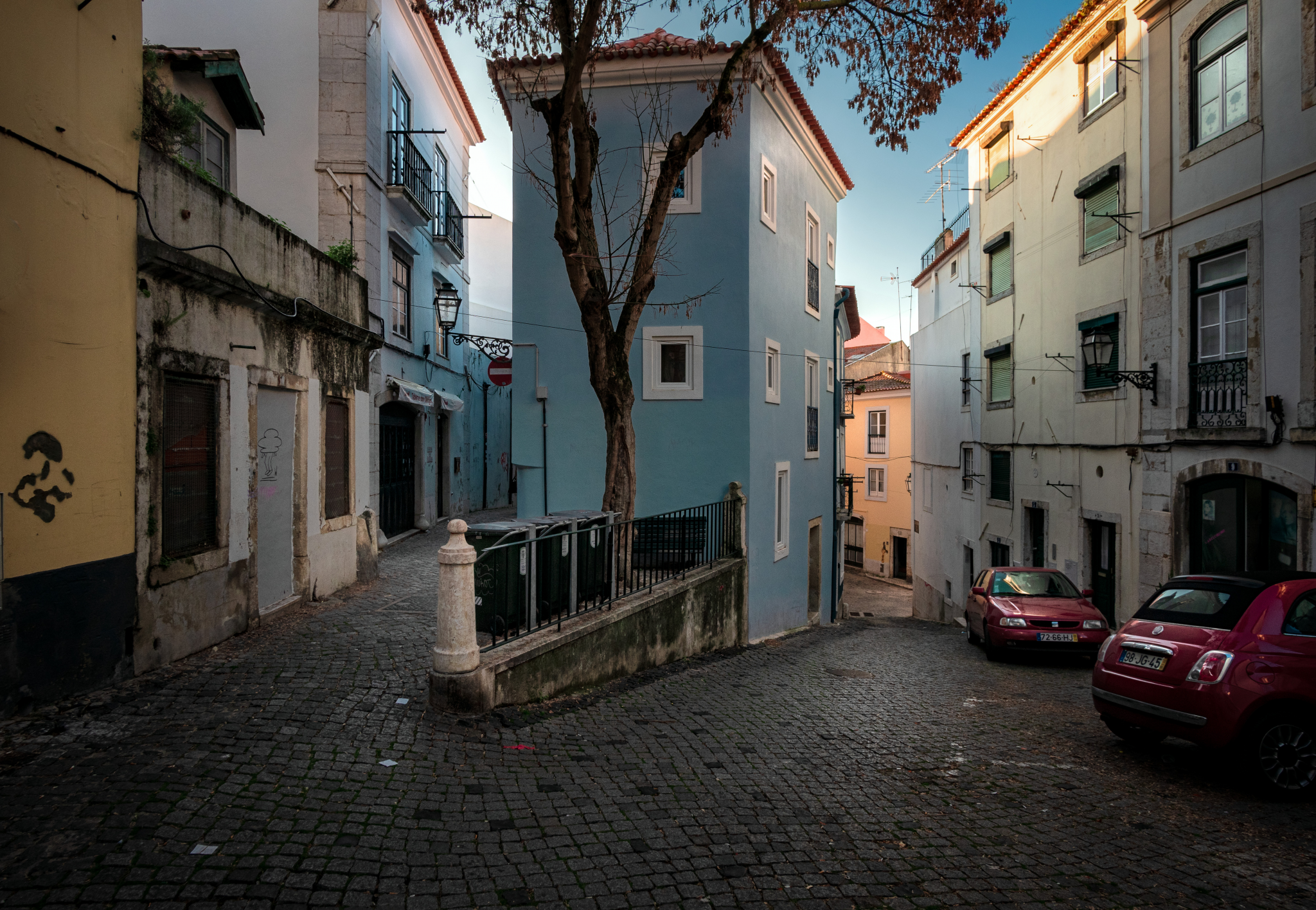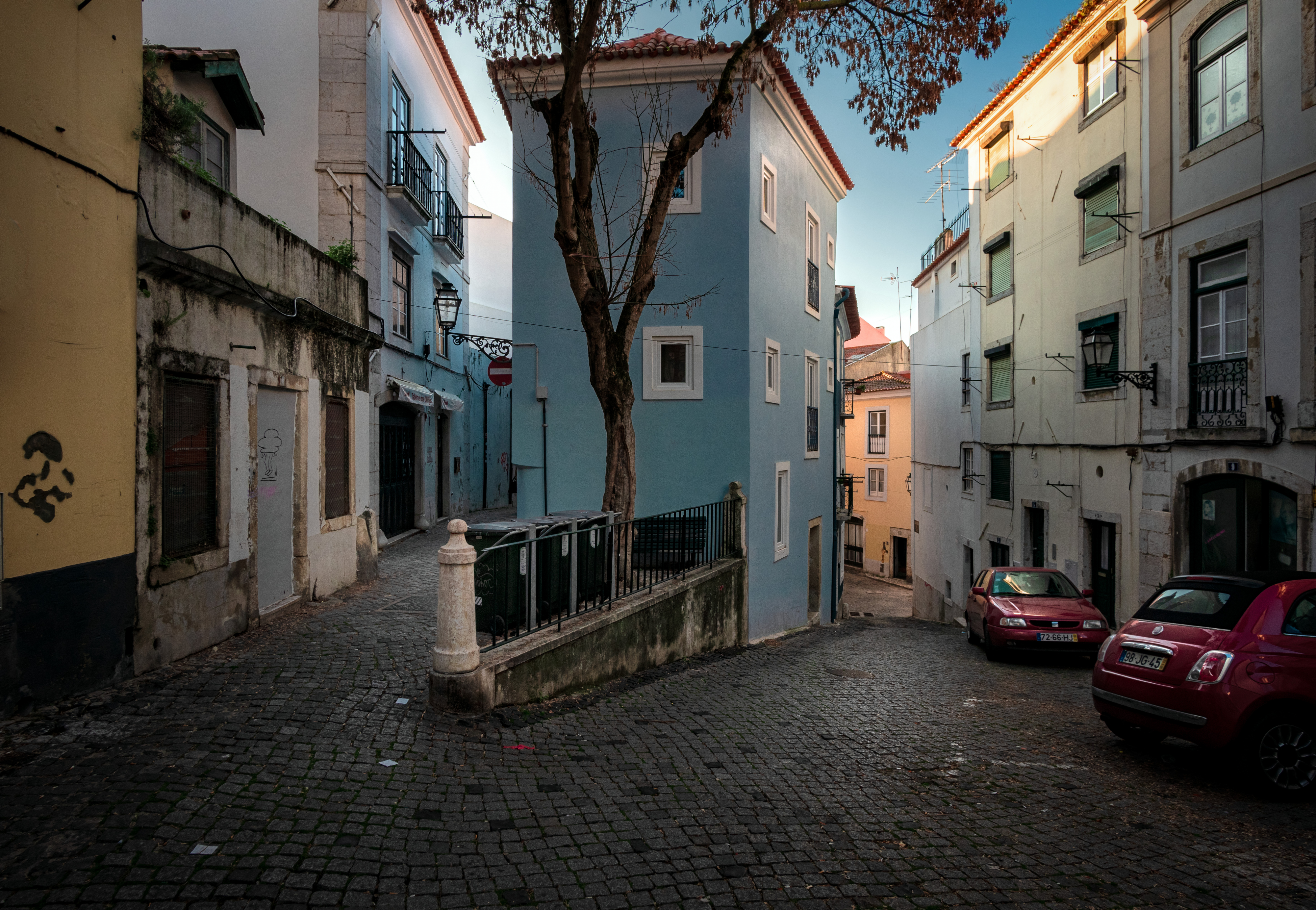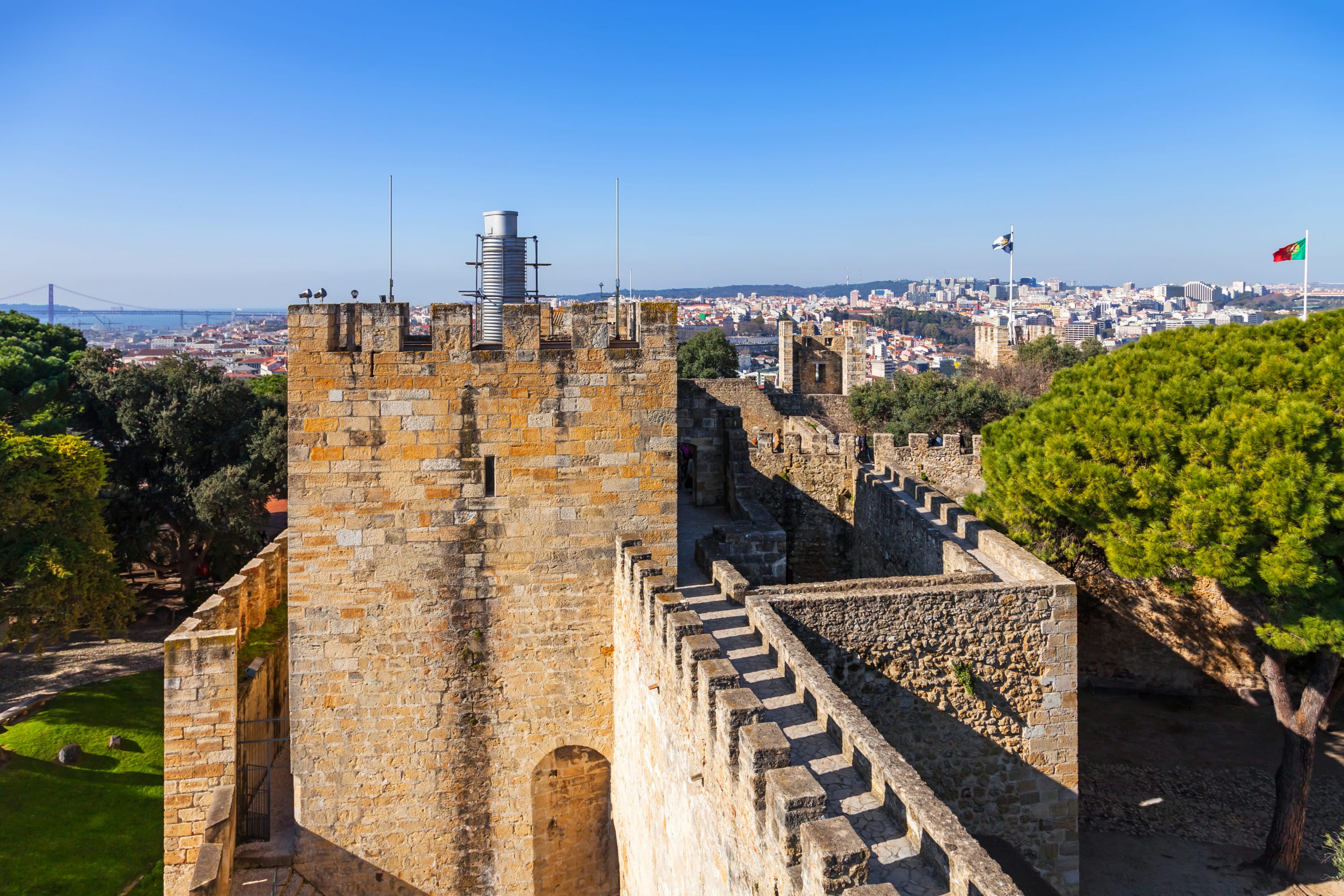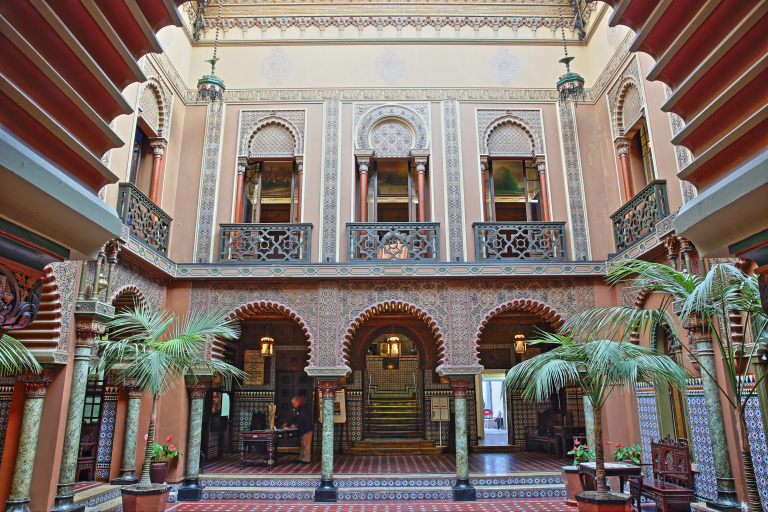What if all the evidence on which we rely to construct historical narratives is riddled with such seemingly small insertions, placed by whim or design, so that all our pictures of the past are false?
Rethinking History in Fiction
The value of Saramago’s work derives from Raimundo Silva’s pains and pleasures that follow once he embarks on the process of writing the fictional account of the siege of Lisbon. The character inside Saramago’s novel is shown as someone who is simultaneously the creator and the explorer of a world. He imagines scenes and characters and then also probes them as if he were a historian looking at evidence.
Silva’s endeavor requires working through critical issues pertaining to history. How can he explain the crusaders’ refusal to help? How would the history of Lisbon be told if the crusaders had refused to help? What difference does changing the crusaders’ decision make for imagining lives of ordinary people in Lisbon since the twelfth century? How are we to understand the relationship between events and their representation given that, as seen here, the insertion of a single three-letter negation requires rethinking centuries worth of historical destiny? What if all the evidence on which we rely to construct historical narratives is riddled with such seemingly small insertions, placed by whim or design, so that all our pictures of the past are false? This may matter greatly for the stories we tell, but does it make any difference for understanding the human condition? Generalized beyond the case, these questions lie at the heart of historical fiction as a literary form.
Saramago’s answers to these questions echo his general belief, expressed in nonfiction, that univocal historical representation is suspect by definition and must be resisted using both alternative sources and imagination. In the novel, he remains committed to realism by indicating that Silva must construct his narrative between two necessary points: the Crusaders refused to help in the twelfth century, but Lisbon did become Christian and has resulted in the place where Silva lives in the twentieth century.
The imperatives governing Silva’s possibilities mean that narration of time in the longue durée must show steps leading to a predetermined end based on his own present. Silva is not really free to imagine as he wishes. But on durations of smaller scale, such as interactions between people and lifetimes of individuals, experienced time is amenable to all manner of invention. This is, in essence, a key trick involved in creating successful historical fiction, which allows an author to fill historical time with representations of matters such as emotions, inner thoughts, and interactions between people that cannot be substantiated through evidence. These latter elements are how historical fiction can represent alien worlds of the past in terms that satisfy the desires and credulity of audiences for which the narratives are being created.
Silva’s first problem is to come up with a reason for why the Crusaders refuse to help. He is stumped by this, but then a solution comes to him as he goes for a walk near the ramparts of the old city. Here, his connection to the land on which he lives suddenly comes alive, and he feels like an actor transported to the earlier events he is imagining to have occurred at the same spots (119). When writing, he describes the scene in which Afonso asks the Crusaders to help him by invoking a vision in which Jesus has come to him and promised victory. Afonso argues that by helping him, the Crusaders would simply be the agents for realizing Jesus’ decision.
The Crusaders listen to Afonso and then tell him that they would respond the next day. When they come back, their (and Silva’s) response is this: given that Jesus has promised the Portuguese a victory already, Afonso should be able to do it all with his own troops. By inserting themselves in the situation, they would be interfering in God’s work rather than carrying out his will (136). The message is sarcastic and includes a sense of mockery by the Crusaders, which is not lost on Afonso, although he cannot respond punitively.
Ramparts of Lisbon castle looking toward the city.
Source

Ramparts of Lisbon castle looking toward the city.
SOURCE
Photo 126237767 © Zts | Dreamstime.com
As it turns out, then, Silva’s solution to the narrative problem he faced is very simple. However, within it lies Saramago’s utter dismissal of a key ideological feature of historical accounts generated for religious and nationalist purposes. Such narratives justify victories against odds by invoking otherworldly aid or unnatural zeal resulting from extreme righteousness. But Saramago is pointing out that by a certain logic, such claims of extraordinary help should work in reverse. The claims are absurd even by the logic of religious systems and indicate the partisan and manufactured nature of evidence we routinely use to construct pasts.
While this solution gets Silva out of his immediate conundrum, it does not solve the subsequent issue of how the Portuguese still capture the city. What he finds as he works more is that, even as the inventor, he cannot control the narrative he has started. There is a kind of automaticity that ensues based on him inserting the initial “not” into the narrative: “[H]e suddenly finds himself confronted with the outcome of a necessity as implacable as that other, from which he thought he could escape by the simple inversion of a sign only to find himself falling for it once more, now negatively or, to speak in less radical terms, as if he had written the same music lowering all the notes half a tone” (226).
As Saramago’s novel progresses, the account of Silva writing his fictional history becomes ever more personalized. The details of the two love affairs—between Silva and Maria Sara and between Mogueime and Ouroana— become harder to tell apart, reflecting things in Silva’s mind. The two novels end together in quick succession. Silva finishes with the demise of Muslim Lisbon when a Christian soldier beheads an old Muslim man giving the morning call to prayer for the last time in 1147.
The Casa do Alentejo in Lisbon. This faux-Moorish palace was built in the early twentieth century during a period of Iberian fascination with an Islamic past that had been long surpassed but remained present in material forms and imagination.
Source

The Casa do Alentejo in Lisbon. This faux-Moorish palace was built in the early twentieth century during a period of Iberian fascination with an Islamic past that had been long surpassed but remained present in material forms and imagination.
SOURCE
Photo 104406313 © Christophe Cappelli | Dreamstime.com
Having written this, Silva comes to bed at 3 AM, where Maria Sara asks him how the story ends. He replies with the following:
With the death of the muezzin, And what about Mogueime, and Ouroana, what happened to them, As I see it, Ouroana will return to Galicia, and Mogueime will go with her, and before they leave they will find in Lisbon a dog that has survived in hiding and will accompany them on their journey, What makes you think that they should go away, Difficult to say, the logical thing would be for them to stay, Forget it, we’re staying. Maria Sara’s head is resting on Raimundo’s shoulder, with his left hand he strokes her hair and cheek. They did not fall asleep at once. Beneath the verandah roof a shadow sighed (312).
By the end, Silva imagines, as well as lives, in both the past and the present. The two categories of time are distinguishable as points on a scale but are utterly intermixed with respect to human relationships and quotidian decision-making. Through fiction, history is made into a matter of human lives conducted in the same worn way that applies to all peoples past and present. Under the grand projections of religious communities, nations, and ideologies, everyone turns out to have ordinary lives understandable across large swathes of time.
Saramago’s History of the Siege of Lisbon makes the traffic between historical fiction and nonfiction the very object of the novel. His realist narrative dramatizes the manufactured nature of the past, playing with presumptions underlying history, such as the connection between evidence and truth, data and interpretation, fact and accidental displacement, and consequences resulting from slight changes. His invention of personal encounters, emotions, and quotidian details in his version of the siege have no effect on historical development over a long duration. But these matters imbue his story with details that illuminate a type of history that cannot be had from archival evidence. His fiction about the writing of historical fiction reveals as much about history as it does about the process of inventing a tale about the past. Analytical and political postures embedded in Saramago’s work help us to understand all the different types of historical fictions that have been invented to represent Islam.









